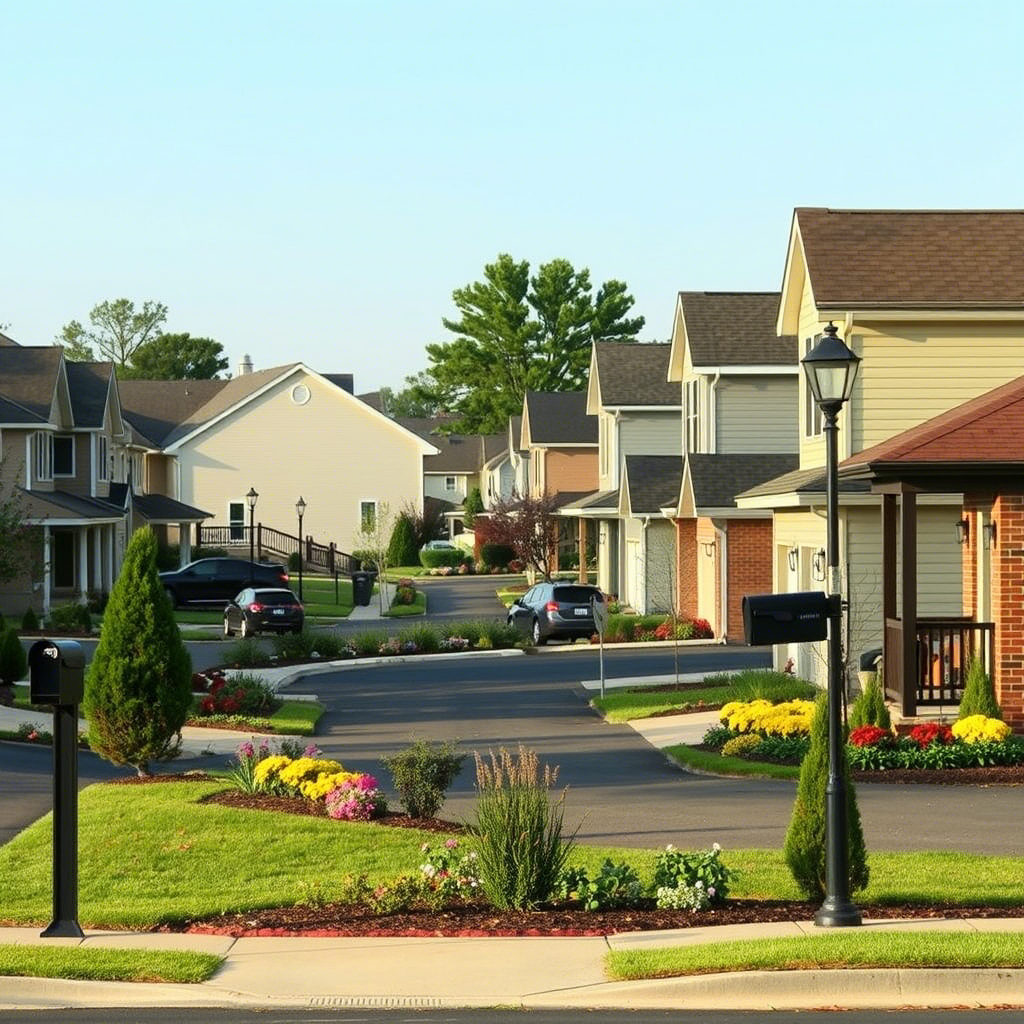
Introduction
Buying a home is a cornerstone of the American Dream, but saving for a hefty down payment can feel impossible. What if you could step into homeownership without a dime upfront? This guide unlocks proven strategies like zero down payment loans, rent-to-own agreements, and government-backed programs that make “no money down” a reality. Whether you’re a first-time buyer, veteran, or savvy investor, we’ll reveal actionable steps to bypass traditional barriers. Let’s dive into your path to affordable homeownership.
Understanding Zero Down Payment Options
A “no money down” purchase means acquiring a home without upfront cash. While rare in conventional lending, specialized programs and creative financing bridge the gap:
- Government-backed loans (FHA, VA, USDA) offer low or $0 down options.
- Down payment assistance (DPA) programs provide grants or loans to cover upfront costs.
- Rent-to-own lets you lease a home with an option to buy later.
- Seller financing allows the seller to act as the bank.
Key Benefit: Preserve savings for emergencies or renovations.
Government-Backed Loans: FHA, VA, and USDA
FHA Loans
- Down Payment: 3.5% minimum (not zero, but low).
- Credit Score: 580+ (500-579 requires 10% down).
- Mortgage Insurance: Required (1.75% upfront + annual premiums).
- Best For: First-time buyers with moderate credit.
Pro Tip: Pair FHA loans with DPA programs to cover the 3.5%.
VA Loans
- Eligibility: Active-duty military, veterans, and eligible spouses.
- Down Payment: 0%.
- Perks: No mortgage insurance, competitive rates.
- Funding Fee: 1.25%-3.3% (can be rolled into the loan).
Example: A veteran buys a $300k home with $0 down, saving $60k vs. a 20% conventional loan.
USDA Loans
- Down Payment: 0%.
- Location: Rural/suburban areas (check eligibility via USDA website).
- Income Limits: Vary by region (typically up to 115% of area median income).
Case Study: A family in Iowa purchases a $200k home with USDA financing, avoiding a $40k down payment.
Rent-to-Own Homes: Lease Now, Buy Later
How It Works:
- Sign a lease agreement with an option to buy the home later (1-3 years).
- A portion of rent goes toward the down payment (“rent credit”).
- Secure financing to purchase the home at a pre-agreed price.
Pros:
- Time to improve credit/save while living in the home.
- Lock in a purchase price in appreciating markets.
Cons:
- Higher monthly payments.
- Risk losing credits if you don’t buy.
Action Step: Hire a real estate attorney to review the contract for fairness.
First-Time Homebuyer Programs
State and local programs offer grants, tax credits, and education:
- National Homebuyers Fund: Grants up to 5% of the loan amount.
- Good Neighbor Next Door: 50% off homes for teachers, firefighters, and EMTs.
- State-Specific Programs: E.g., California’s CalHFA Zero Interest Program.
Apply: Visit your state’s housing finance agency website.
Down Payment Assistance (DPA) Programs
DPA can be structured as:
- Grants: Free money (no repayment).
- Forgivable Loans: Repayment waived after 5+ years in the home.
- Deferred Loans: Repay when selling or refinancing.
Top Resources:
- Chenoa Fund: Covers 3.5%-5% for FHA loans.
- HomePath Ready Buyer: 3% closing cost assistance for Fannie Mae homes.
Data Insight: Over 2,000 DPA programs exist nationwide—85% of buyers don’t know they qualify!
Creative Financing Strategies
Seller Financing
The seller holds the mortgage, bypassing traditional lenders. Ideal for unique properties or motivated sellers.
Partnerships
Co-buy with family/friends or investors. Draft a legal agreement outlining ownership shares and exit strategies.
Subject-To Financing
Take over the seller’s existing mortgage payments without a new loan.
Caution: Consult a real estate attorney to avoid due-on-sale clause violations.
Steps to Buy a House with No Money Down
- Check Credit: Aim for 620+ for most programs. Dispute errors and pay down debt.
- Research Programs: Prioritize government loans and local DPAs.
- Get Pre-Approved: Shows sellers you’re serious.
- Find a Home: Work with agents experienced in zero-down deals.
- Negotiate Terms: Ask sellers to cover closing costs or offer financing.
- Close the Deal: Secure funding and finalize paperwork.
Common Mistakes to Avoid
- Skipping Pre-Approval: Wastes time on homes you can’t afford.
- Ignoring Hidden Costs: Property taxes, insurance, maintenance.
- Overlooking Fine Print: DPA grants may have residency requirements.
Real-World Success Stories
- Sarah (Teacher): Used Good Neighbor Next Door to buy a $250k home for $125k.
- James & Lisa (Veterans): Purchased a $400k home with a VA loan, $0 down.
- Carlos (First-Time Buyer): Combined FHA and Chenoa Fund to cover 3.5%.
Conclusion
Buying a home with no money down is achievable through strategic planning. Leverage government-backed loans, rent-to-own, and DPA programs to unlock homeownership. Ready to start? Contact a HUD-approved counselor or mortgage broker to explore your options today.
Call to Action: Share this guide with a friend dreaming of homeownership, or download our free checklist to track your progress!



